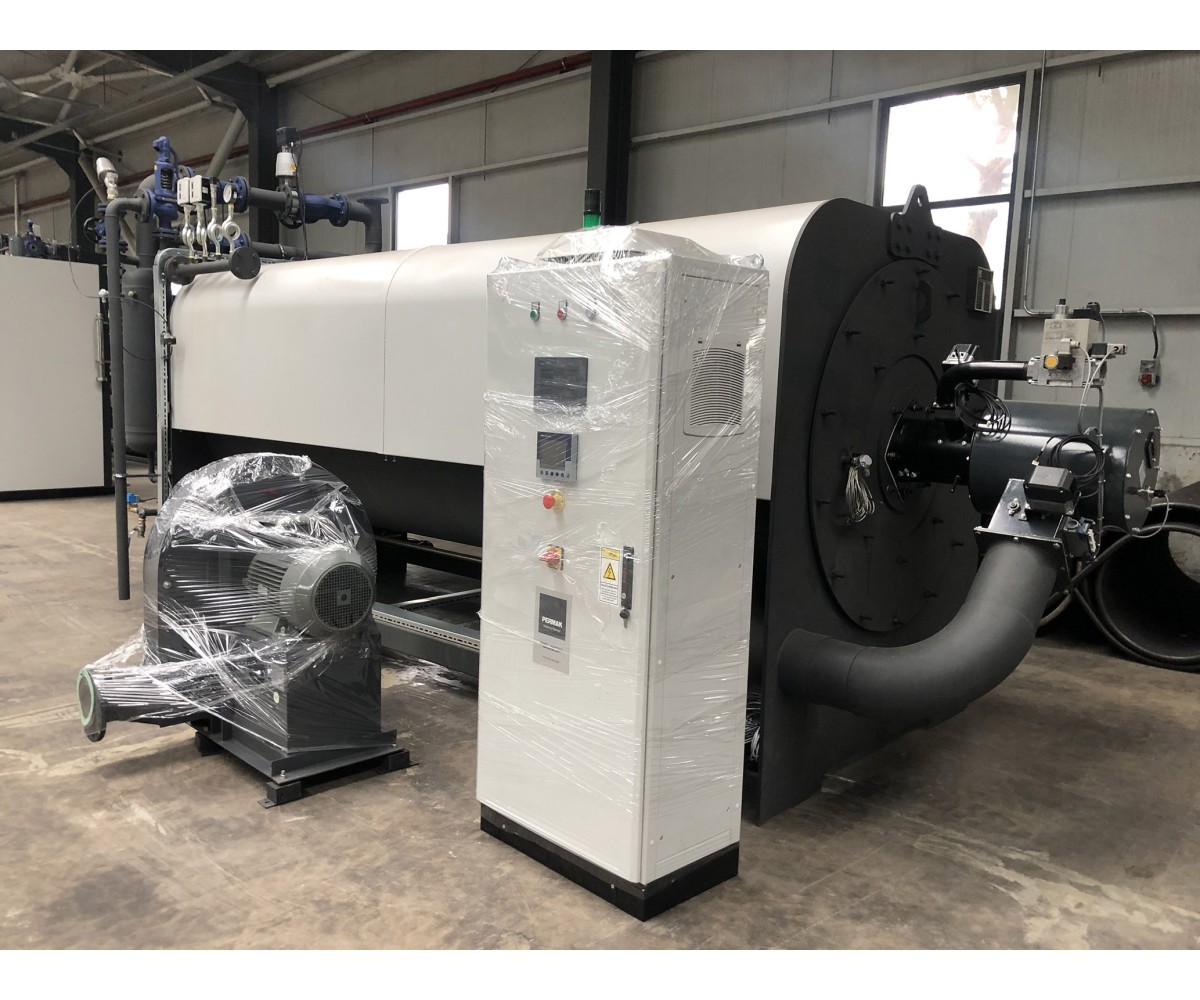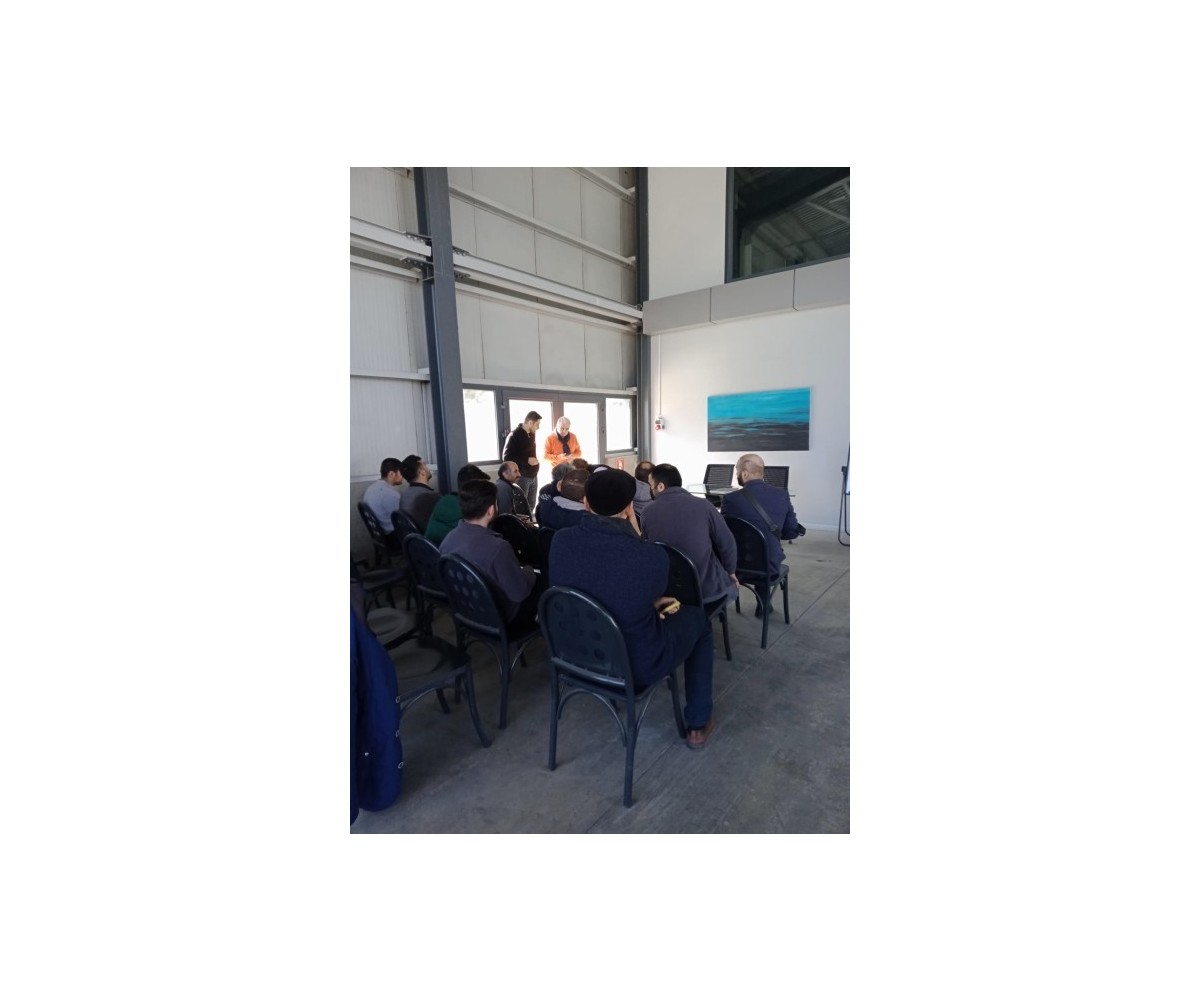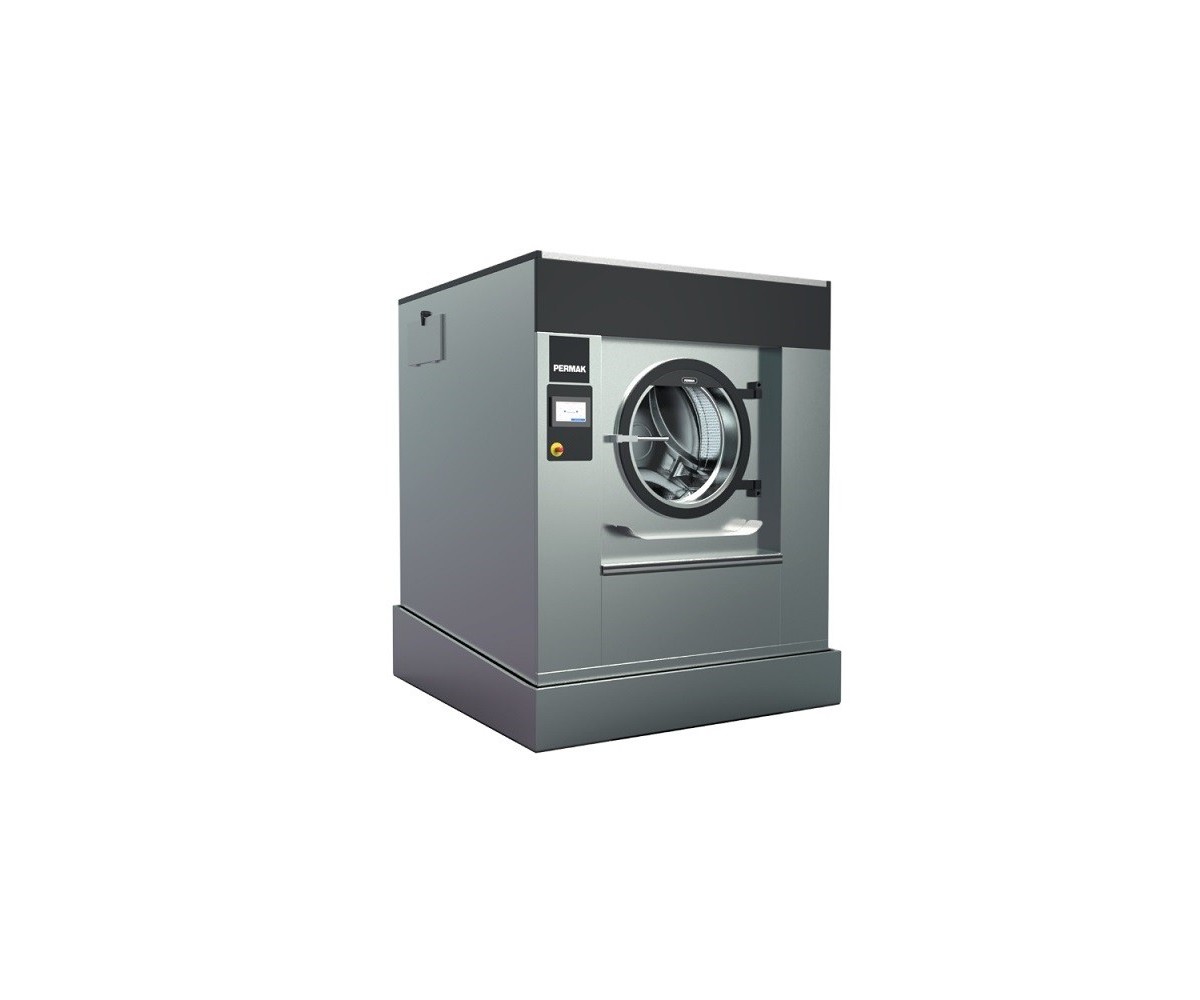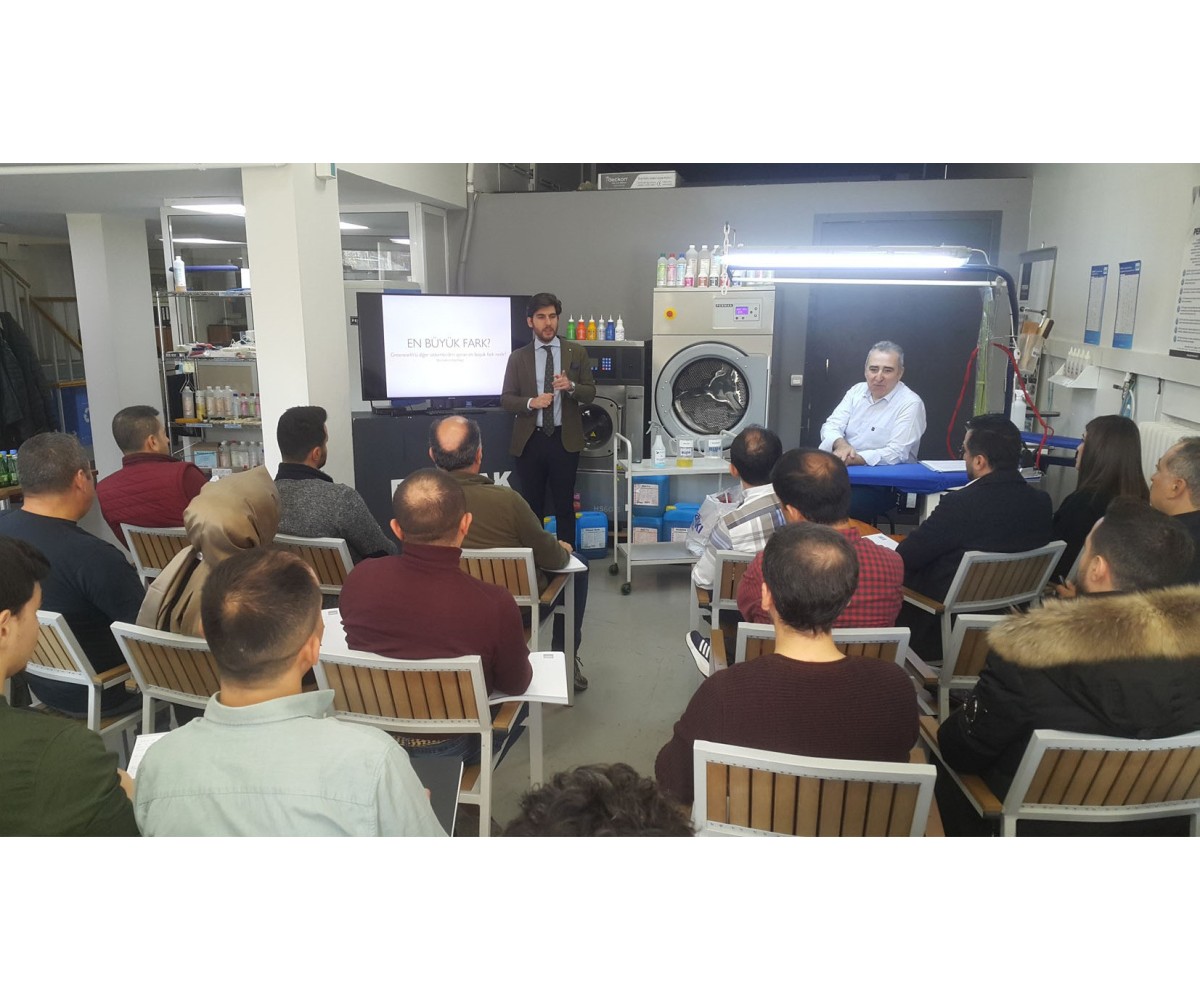Basic Burning Information in Burners

The burner ensures that the fuel is fully burned by mixing it with air in the appropriate proportion. From this perspective, the burner performs the job of fully burning and controlling the fuel used to obtain the heat required for steam production in boilers and steam generators.
While doing this job;
- It must provide heat to the boiler.
- It should control the outlet temperature or pressure of the steam produced in the boiler.
- It must provide a high turndown so that it does not shut down at all when the boiler load demands it.
- To keep fuel consumption low, it must burn fuel as efficiently as possible.
Below is some basic information about how a burner works. Natural gas will be used for the sake of example, but of course liquid fuels follow the same rules. But before we start, it’s worth remembering a few terms that are important to know.
Excess Air: The amount of Excess Air above the amount required to completely burn the fuel.
Turndown: The ratio of the burner's maximum heating power to its minimum power.
Chemistry of Combustion
Natural gas is primarily composed of methane (CH4). It burns when mixed with sufficient air and heated to combustion temperature. The following shows the process with the amount of air and fuel required for perfect combustion.

This formulation is often only possible in theory. Therefore, extra (excess) air must be added to ensure the burner operates safely. Burners usually use a fan to provide the air required for combustion. The fan on a burner moves a fixed volume of air, not molecules. For this reason, any change in temperature or altitude, i.e. barometric pressure, will also cause a change in the number of air molecules moved by the fan. In addition, the control valves and pressure regulators used to reduce the pressure of the fuel are not perfect devices. Therefore, the gas flow cannot be perfectly constant. The gas damper is designed to control the gas volume, just as the fan controls the air volume. For this very reason, a change in the gas temperature will also change the number of molecules burned. In order to ensure safe operation at all air and fuel temperatures and under all barometric conditions, it is necessary to provide “excess” air to the gas burner.
More Air and Efficiency
The good thing about excess air is that it provides a safety measure. The bad thing is that it wastes fuel. It should be noted that the heat lost by excess air represents waste heat. However, proper burner design will help to minimize this. Using less Excess Air means reducing “waste heat.” At this point, let’s examine why excess air is a waste of fuel.
The boiler is a heat exchanger designed to absorb heat from the products of combustion and transfer this heat to the water. When Excess Air is added to a perfect (stoichiometric) amount of air, clearly more mass is forced through the boiler. Boilers usually have a modulating control that meters the air and fuel to add the proper amount of heat to maintain the proper pressure or temperature. With this control, the same heat is extracted (absorbed) at the end of the hour, regardless of the amount of Excess Air provided.
The table below shows the flue gas temperatures from a boiler when different amounts of gas are delivered at the same temperature.

As the mass flow through the burner increases, the outlet temperature also increases. The mass amount is similar to the excess air used by a gas burner. As excess air increases in a boiler, the stack temperature increases and the boiler efficiency decreases. If less excess air can be used, less heat input to the burner is required to extract the same amount of heat from the boiler. Therefore, one of the most important functions of a burner is to burn the fuel with the least possible excess air to achieve the highest overall boiler efficiency.
Excess Air, Efficiency and Turndown
Below is a diagram of the burner head. Air is brought to the burner head by a fan. Gas is metered into the head by a series of valves. To achieve proper combustion, the air molecules must be thoroughly mixed with the gas molecules before they can burn.

Mixing is achieved by burner parts designed to create high turbulence. If insufficient turbulence is produced by the burner, combustion will be incomplete and will produce carbon monoxide (CO), which can be clearly detected in flue gas measurements.
Since air speed affects turbulence, it becomes increasingly difficult to achieve good fuel and air mixing at higher turndown ratios as the air volume decreases.
Towards the highest turndown ratios of any burner it becomes necessary to increase the amount of excess air in order to achieve sufficient turbulence to achieve proper mixing. The better burner design will be one that can properly mix the air and fuel at the lowest possible airflow or Excess Air.
Below is a graphical representation of how Excess Air affects the efficiency and operating cost of a real boiler. It is not theoretical.

There are a couple of reasons why high turndown and low excess air are important. The first is the operating cost of the burner. How excess air affects efficiency was discussed above, but a burner's turndown rate also has a big impact.
Another cost is incurred each time the burner starts and stops firing. “Scavenging air” is always being blown into the boiler to ensure that no unburned fuel remains. Remember that these sweeps will cool the boiler as they draw heat from the system. Another advantage of having a high turndown is related to lower maintenance costs and better process or heating control.
Don't confuse turndown with "fully modulated" afterburners. Having a fully modulated afterburner with a typical turndown of only 1.7 to 1 is like having a car that can only go from 59 MPH to 100 MPH. OK, it's a "fully modulated" car, but try driving it to the grocery store. Not only will you look stupid, but think about how much lower your gas mileage will be! Not only will you look stupid, but think about how much lower your gas mileage will be!

Above you can see how a burner’s turndown ratio affects the fuel cost required to run a 75 kW boiler for heating. When you combine the effects of low excess air and high turndown, the operating cost savings can range from 10% to 15% over a new burner without these features.
Process control is improved with a high turndown. If the steam draft is less than the burner can raise, the burner will start and stop. When the burner stops, the pressure or temperature drops. We have seen in some boilers that steam pressures that are 7 bar when the burner is switched off can drop to about 3 bar before the burner is switched back on. This can cause major problems in a production plant where constant steam pressure is important. With a high turndown burner, these fluctuations are eliminated because the burner only follows the load to the point where the draft is very low. There will be enough stored energy in the system to absorb the small fluctuations at that point.
In addition to all this, maintenance costs are reduced with the high turndown burner since much less thermal cycle (expansion-contraction) occurs in the boiler.
In a burner cycle, refractory and metal parts expand and contract. Although these materials are made to accommodate these expansions, it is clear that their lifespan will be shorter than if everything remained at the same temperature. Components such as gas valves, ignition transformers, etc. do not have to be opened and closed when the burner is operating at low modulation, and therefore will last longer.





